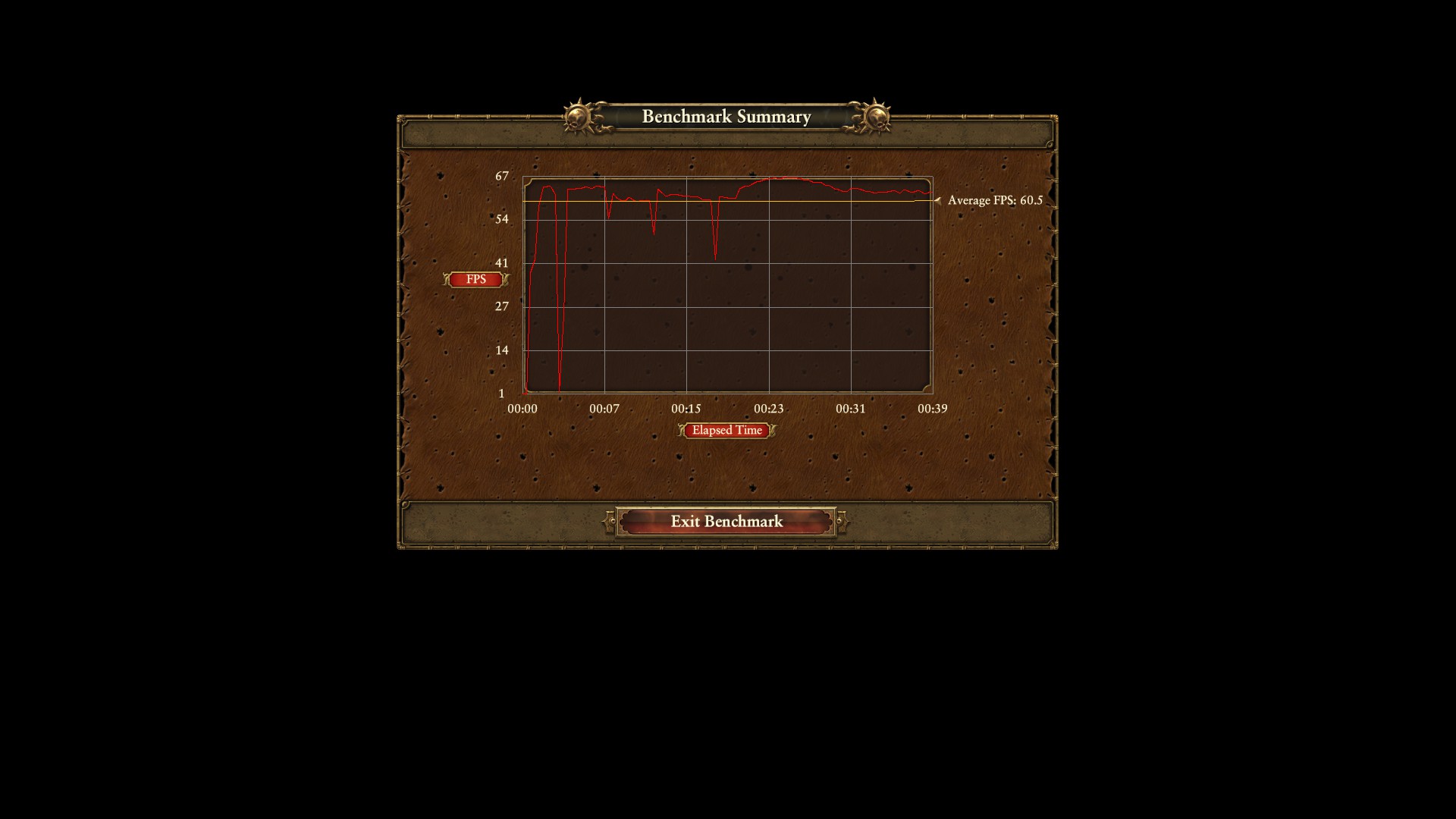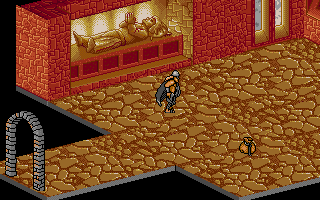
Most modern distributions have a compositing window manager. When compositing is enabled the window manager put together all the changes from the different window memory buffers, creates a resulting image for the whole screen and dump it to the display card on one shot. I had a strong tearing here and now it is solved.Īfter reading this ( wonderful explanation) of how an Xorg server works I realized that X server paints window updates directly to the memory card at any random time unless you use a compositing enabled window manager.
DOSBOX VSYNC DRIVERS
I believe the situation will improve soon since open-source drivers are becoming more advanced and switching to wayland may get rid of old issues with Xorg. So the solution here is experimentation, what is broken in one combination of driver/wm can work in another. Kwin is the window manager for KDE and I have experience of using kwin in XFCE when it didn't support vsync and it worked really well. If you still experience screen tearing, your option is to try another compositing manager like Compton or Kwin. Major desktop environments also have no problems with tearing, including GNOME, KDE, Unity and Cinnamon. XFCE (xfwm, to be specific) has fixed it in recent releases, 4.11/12 now have Vsync. So screen tearing issue may be solved by trying different drivers and configuring them.Īs for window managers, it's known that Openbox, Awesome and others lightweight wms don't support tear-free. As for open driver, vsync should be enabled by default. enabling tear-free desktop in catalyst ( fglrx) may cause frame drop and lags, so it is usually disabled by default.
DOSBOX VSYNC FREE
Screen tearing appears mostly because of two reasons - drivers that aren't there yet, and lack of vsync with certain window managers.Īs for drivers, both free and proprietary drivers support free-tearing compositing (nvidia and amd both). If you quickly google "wayland video tearing" you'll find more information on everything. Wayland, which is somewhat unenthusiastically trying to replace X, supports a pedantic vsync synchronization in its core, and is advertised to have every frame exactly perfect. Additional problems arise when you have multiple cards that require different drivers, and on top of all this, opengl library has a hard-wired dependency on xlib, so you can't really use it independently without going through X. Widget toolkits mostly want to gloss over all this, but tearing is still a problem because there is no mechanism to handle that. This is one of the well-known issues of the X server (it has many, the entire model of what the server does and is outdated - event handling in subwindows, metadata about windows, graphical primitives for direct drawing.). The X server provides no builtin means of synchronization between user rendering the window and the screen displaying a window, so the content changes in the middle of rendering.

This is all due to the fact that the X server is out-dated, ill-suitable for today's graphics hardware and basically all the direct video card communication is done as an extension ("patch") over the ancient bloated core.
DOSBOX VSYNC CODE
Shouldn't it be as simple as synchronizing with the refresh rate of the monitor? Is there some politics among the OSS community that's preventing anyone from committing code that fixes this?Įvery time I've asked for help on this issue in the past, it either gets treated as an edge case(which I find difficult to believe it is given the amount of times I've replicated the problem) or I get potential solutions that at most minimize the tearing.

I've tried just about every compositor out there, and usually the best they can do is minimize the issue but not eliminate it. I'm guessing that either few developers know about this problem or care enough to fix it. If anyone is going to use Linux for anything, why would they want constant defects to show up when doing anything non-CLI?
DOSBOX VSYNC WINDOWS
This is a big problem, especially since even Windows XP doesn't have these issues on modern hardware. I say this because I use used 5 different distros on 4 different computers with various monitors and Nvidia/AMD/ATI/Intel graphics cards every time, there has been an issue with video tearing with even slight motion. One problem that I haven't seen solved satisfactorily is the issue of horizontal tearing, or Vsync not being properly implemented. I've used many variants of Linux(mostly Debian derivatives) for over a decade now.


 0 kommentar(er)
0 kommentar(er)
